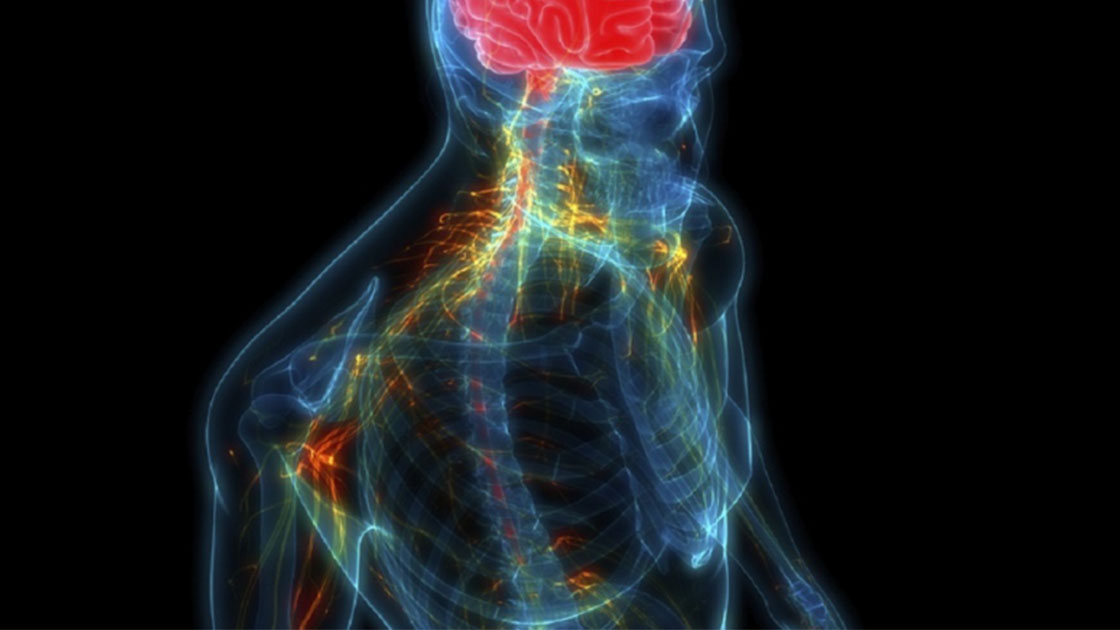Page Contents
Neuropathy, a condition characterized by nerve damage, affects millions of individuals worldwide. For those who suffer from the discomfort, pain, and numbness associated with neuropathy, finding effective treatment is paramount. In recent years, laser therapy has emerged as a promising and innovative approach to empower neuropathy patients, offering them relief and renewed hope.
Understanding Neuropathy
Before diving into the innovative approach of laser treatment, it’s essential to understand neuropathy itself. Neuropathy occurs when peripheral nerves are damaged, leading to a range of symptoms, including tingling, burning pain, numbness, and muscle weakness. It can be caused by various factors, including diabetes, chemotherapy, infections, and traumatic injuries.
Laser Therapy: A Minimally Invasive Alternative
Laser therapy, also known as photobiomodulation therapy, is a cutting-edge treatment option that has gained attention for its non-invasive and innovative approach to managing neuropathy. Unlike traditional surgical procedures or medication-based treatments, laser therapy offers patients a minimally invasive option with numerous advantages.
The Mechanism of Laser Therapy
Laser therapy harnesses the power of focused light energy to stimulate healing at the cellular level. When applied to the affected area, the low-level laser beams penetrate the skin and reach the damaged nerves. This light energy stimulates mitochondrial activity within cells, enhancing their ability to produce energy and promoting the body’s natural healing processes.
Benefits of Laser Therapy for Neuropathy
Laser therapy’s innovative approach comes with several benefits that are particularly appealing to neuropathy patients:
1. Pain Reduction: One of the primary advantages of laser therapy is its ability to alleviate pain associated with neuropathy. Patients often experience immediate relief during and after treatment sessions.
2. Improved Nerve Function: Laser therapy can enhance nerve function and repair damaged nerve tissue over time. This improvement is crucial for neuropathy patients looking to regain sensation and mobility.
3. Non-Invasive: Unlike surgery, laser therapy is non-invasive and doesn’t require incisions or anesthesia. Patients can avoid the potential risks and complications associated with surgical procedures.
4. Minimal Side Effects: Laser therapy typically has minimal side effects, making it a well-tolerated treatment option for most patients.
The Treatment Process
Laser therapy for neuropathy involves a series of sessions, each lasting about 15-20 minutes. During these sessions, a specialized laser device is used to target the affected area. While some patients may report a mild warming or tingling sensation, the treatment is generally painless and well-tolerated.
Real-World Success Stories
The true power of laser therapy lies in its ability to empower neuropathy patients by providing tangible results. Numerous real-world cases have demonstrated the effectiveness of this innovative approach. Patients who once struggled with chronic pain and numbness have experienced remarkable improvements in their quality of life after undergoing laser therapy.
The Future of Neuropathy Management
As technology and medical research continue to advance, the future of neuropathy management looks promising. Ongoing research in the field of laser therapy is exploring new ways to enhance its effectiveness and broaden its applications. With each innovation, neuropathy patients gain greater empowerment and hope for a life free from the limitations of their condition.
Conclusion
Neuropathy can be a challenging condition to live with, but innovative treatments like laser therapy are changing the landscape of neuropathy management. Empowering neuropathy patients with a non-invasive, pain-relieving, and nerve-repairing approach, laser therapy is giving individuals the chance to regain control over their lives. As the field of laser therapy continues to evolve, the future holds even more promise for those seeking relief from neuropathy’s grip. It’s a shining example of how innovation can bring empowerment and hope to those who need it most.
